Mare Nostrum (film)
6.6 /10 1 Votes
6.2/10 Letterboxd Genre War | 6.9/10 IMDb Screenplay Vicente Blasco Ibanez Duration Country United States | |||||||||||||||||||||||||||||||||
 | ||||||||||||||||||||||||||||||||||
Release date February 15, 1926 (1926-02-15) Cast Apollon Uni (The Triton (prologue) (as Uni Apollon)), Álex Nova (Don Esteban Ferragut (prologue) (as Alex Nova)), Kada-Abd-el-Kader (Don Esteban's Son - Ulysses (prologue)), (Caragol (prologue)), (Freya Talberg), (Ulysses Ferragut)Similar movies Mission: Impossible – Rogue Nation , The Man from U.N.C.L.E. , Kingsman: The Secret Service , Spy , Mister Deathman , Bridge of Spies | ||||||||||||||||||||||||||||||||||
Mare nostrum spies
Mare Nostrum (1926) is a silent film set during World War I. A Spanish merchant sailor becomes involved with a spy. It was the first production made in voluntary exile by Rex Ingram and starred his wife, Alice Terry. It is based on the novel of the same name by Vicente Blasco Ibáñez. Long thought lost, the film has recently been re-discovered and restored.
Contents
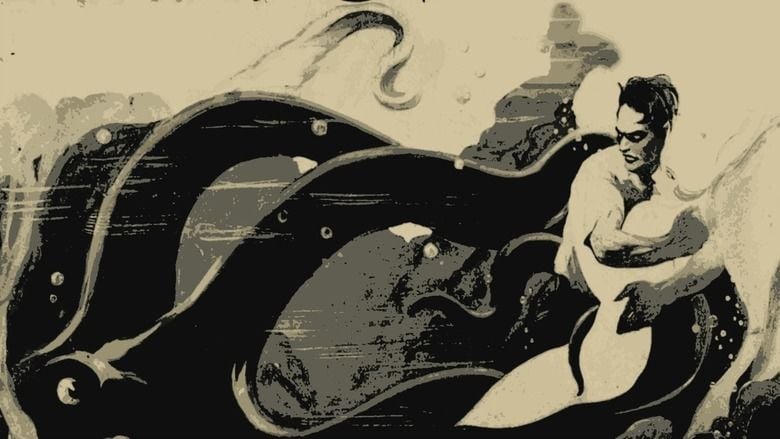
Diff 2016 mare nostrum
Plot
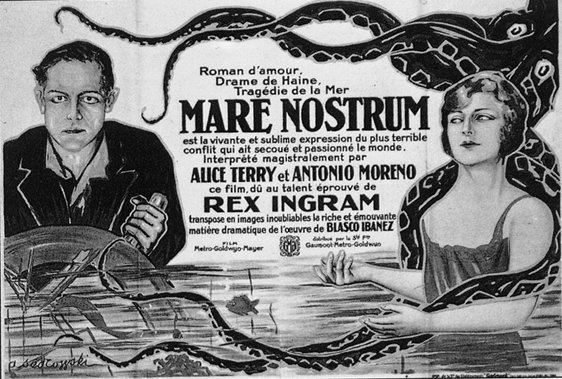
As a young boy growing up in a Spanish family with a long and very distinguished maritime tradition, Ulysses Ferragut is regaled with tales of the sea by his retired uncle, the "Triton" (Apollon), and is particularly fascinated by his claim to have once seen the sea goddess Amphitrite. Though his lawyer father, Don Esteban, wants him to follow in his footsteps, Ulysses becomes a sailor.

When he is a grown man (Antonio Moreno), Ulysses uses his life savings to purchase the Mare Nostrum, a fast, modern freighter, and prospers. However, he finally gives in to his wife, Dona Cinta, for the sake of their son Esteban, and agrees to sell his ship. With the outbreak of World War I, however, the enormous profits to be made from the sudden demand for shipping ends this plan.
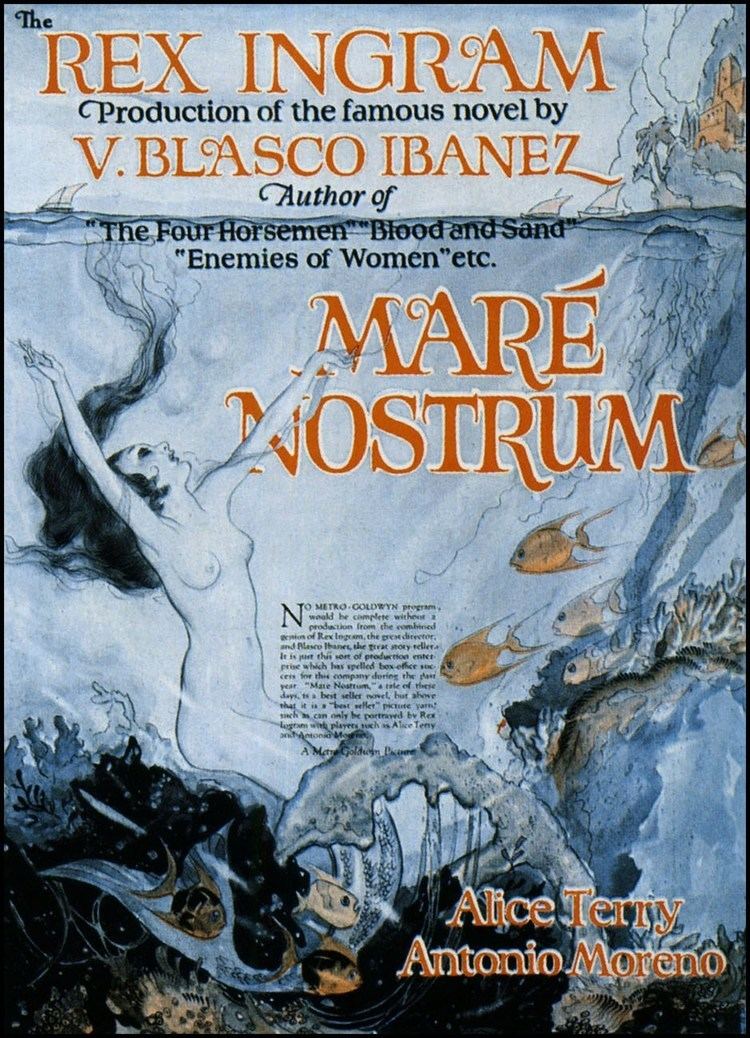
On a stop in Italy, Ulysses visits the ruins of Pompeii, and meets Freya Talberg (Alice Terry) and the learned Doctor Fedelmann. He soon falls in love with Freya (who looks exactly like his uncle's painting of Amphitrite). Though she later informs him that she is an Austrian spy (as is Fedelmann), Spain is neutral and his ardor is undiminished. He agrees to transport Count Kaledine to a secret rendezvous in the Mediterranean. The U-boat U-35 surfaces, takes on fuel from Ulysses' ship, and departs with Kaledine.
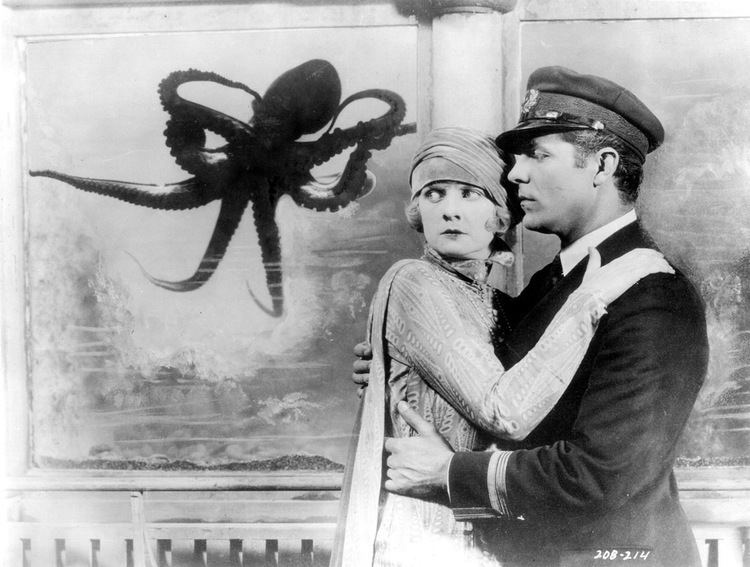
Meanwhile, young Esteban leaves home without permission to find his father. After a week waiting for Ulysses at his lodgings, Esteban goes back to Barcelona aboard the Californian, a British passenger ship. However, the boy is killed when the Californian is sunk by the U-35. Ulysses learns of his son's fate from a survivor, and realizes to his grief his role in the tragedy. He vows to avenge his boy.
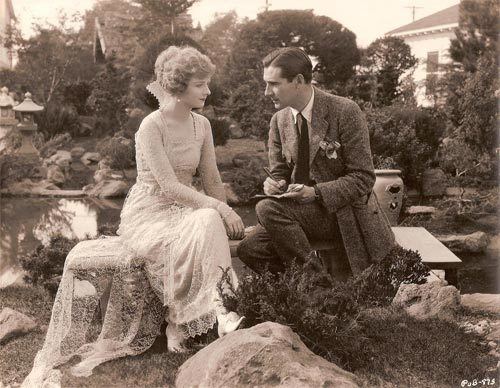
Upon hearing of the death, Freya sends Ulysses a letter denouncing the barbarity of the act; it is intercepted by Doctor Fedelmann. That, along with Freya's admission she has fallen in love with Ulysses, convinces Fedelmann that her subordinate can no longer be trusted. She sends Freya to Marseilles, intending to betray her to the French. Freya suspects as much, and begs Ulysses to take her to safety aboard his ship. Ulysses is torn, but a vision of his son shaking his head makes him refuse. Freya is later captured, convicted, and shot by a firing squad at dawn.
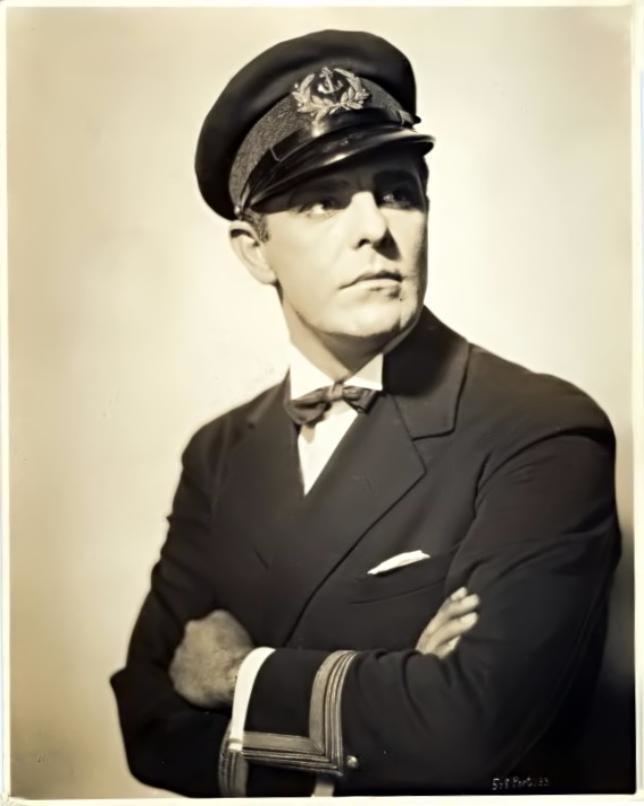
As he is leaving Freya's apartment, Ulysses encounters Count Kaledine. After a brief struggle, he chases Kaledine through the streets, gathering a mob. Kaledine is caught and taken into custody.
Ulysses then employs the Mare Nostrum in the service of the Allies, arming her with a deck gun, replacing his crew with French military sailors, and transporting munitions to Salonica. Only longtime family friend and sea cook Caragol refuses to leave him. On the voyage, they are intercepted by the U-35. With the Mare Nostrum torpedoed and doomed, Ulysses mans the abandoned deck gun and sinks the U-35. As Ulysses descends into the ocean depths, Amphitrite rises to embrace and kiss him.
Cast
Production
The young Michael Powell worked as an apprentice grip on the film, having been introduced by set designer Harry Lachman. The part of The Triton was played by the French strongman Apollon (Louis Uni), reputedly one of the strongest men in history. Unusually for an American film, it was shot in Europe. The international cast included Ingram and Terry's adopted son, Kada-Abd-el-Kader, whom they later disowned.
Cultural impact
Featuring primitive special effects, this early spy film was both Ingram's and Terry's favorite; she considered it "the only picture that gave her a chance to act." However, it was heavily re-cut and under-promoted by the studio and despite good reviews in England and France received a mixed reception in the U.S.; Variety labeled it "unquestionably draggy."
Sound remake
A second film version of Mare Nostrum, this one a sound film, was made in Spanish in 1948. It starred Fernando Rey and María Félix, and was directed by Rafael Gil, who, the year before, had directed the first full-length Spanish film version of Cervantes's Don Quixote.
References
Mare Nostrum (1926 film) WikipediaMare Nostrum (film) IMDbMare Nostrum (film) LetterboxdMare Nostrum (film) themoviedb.org
